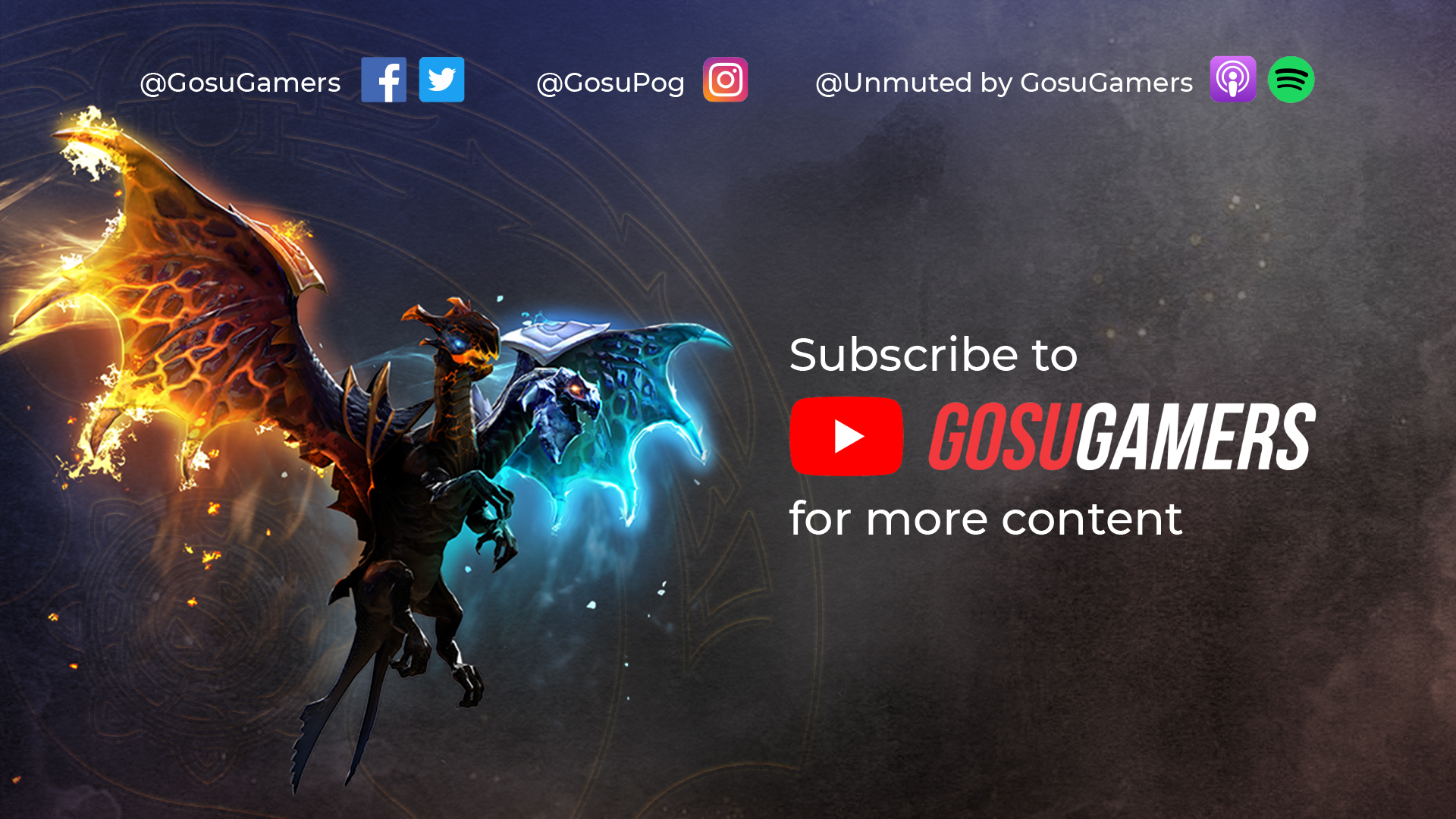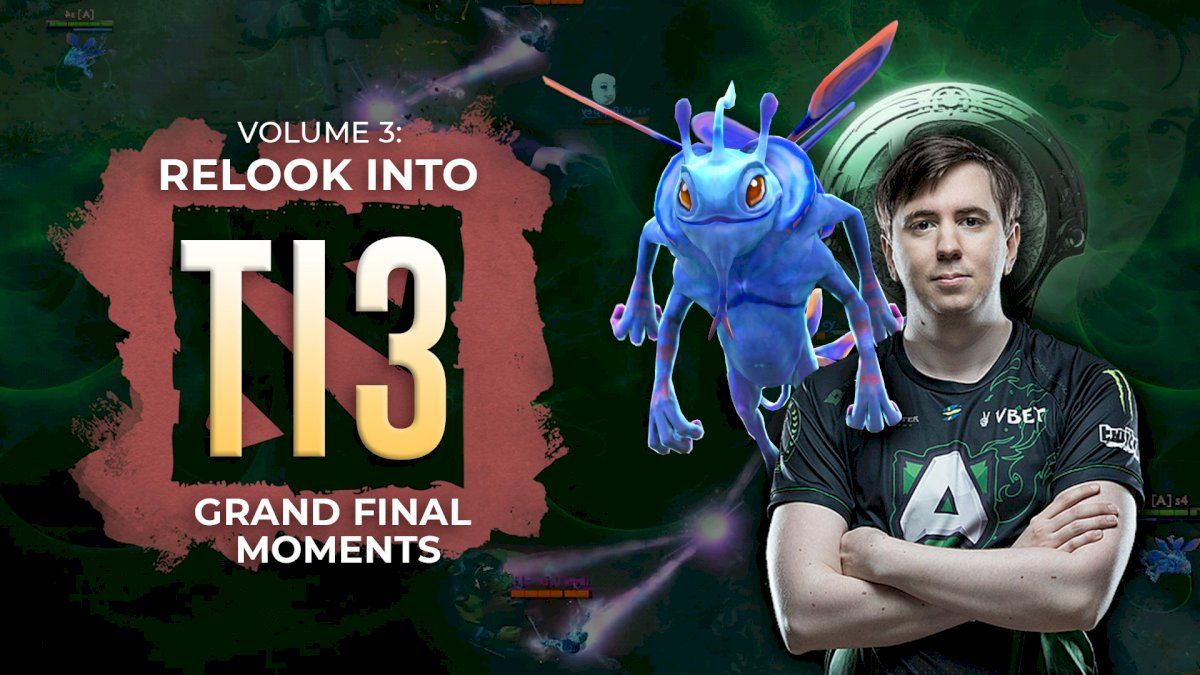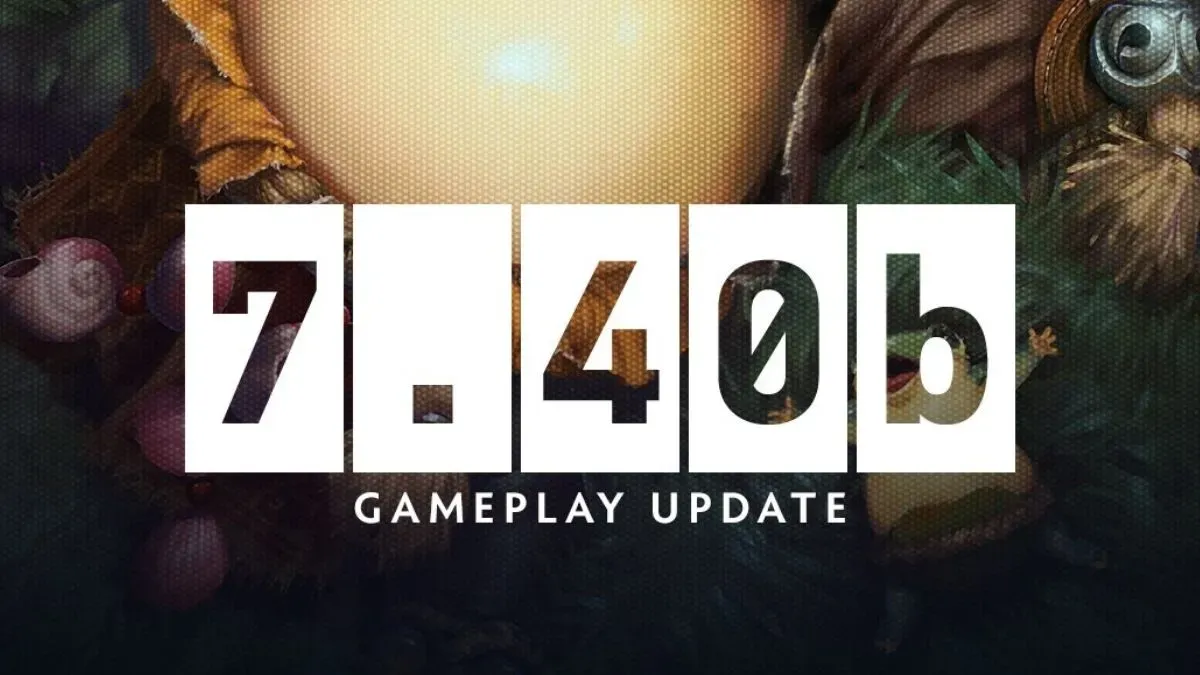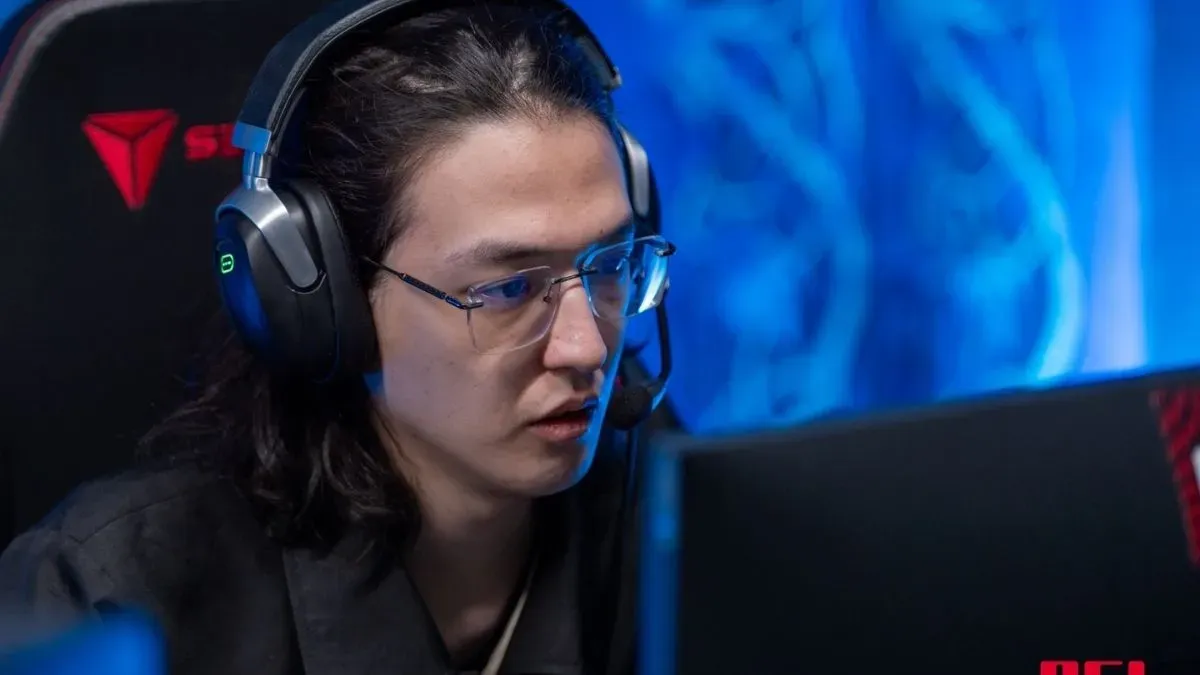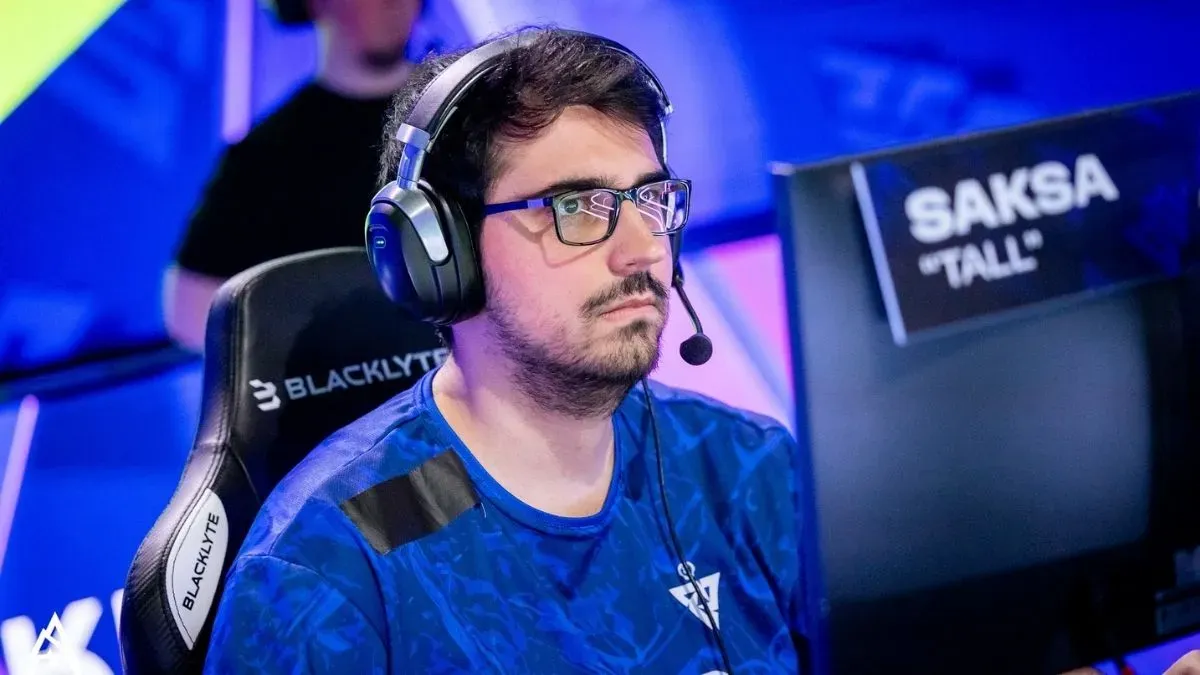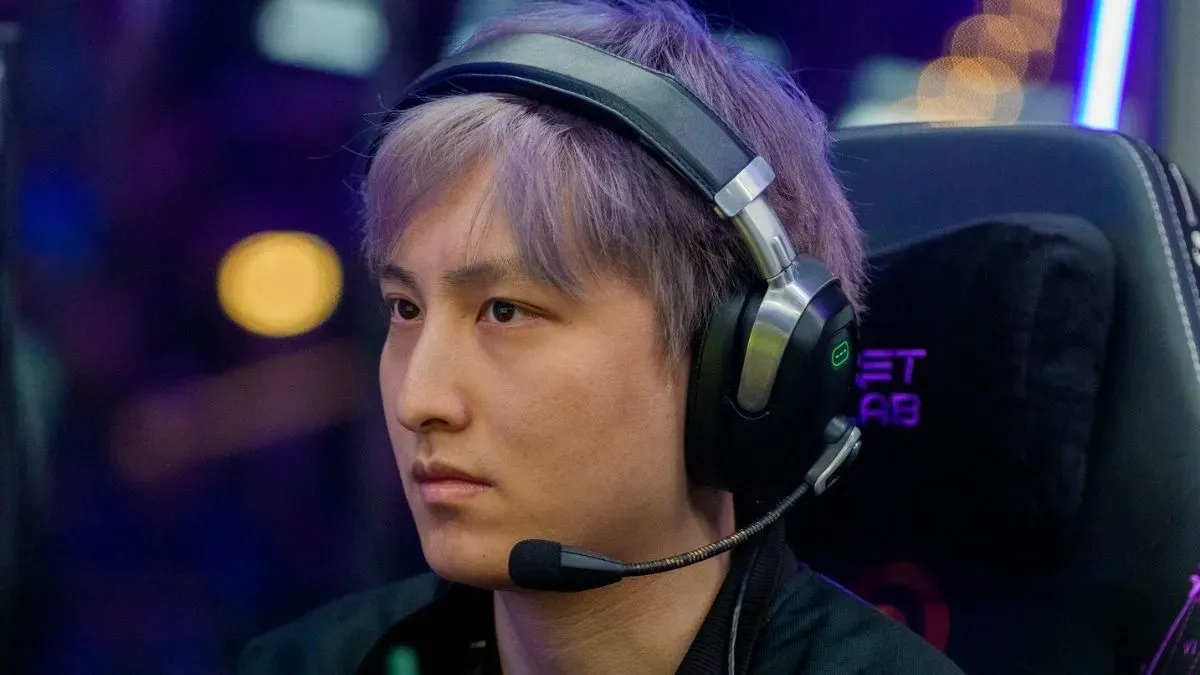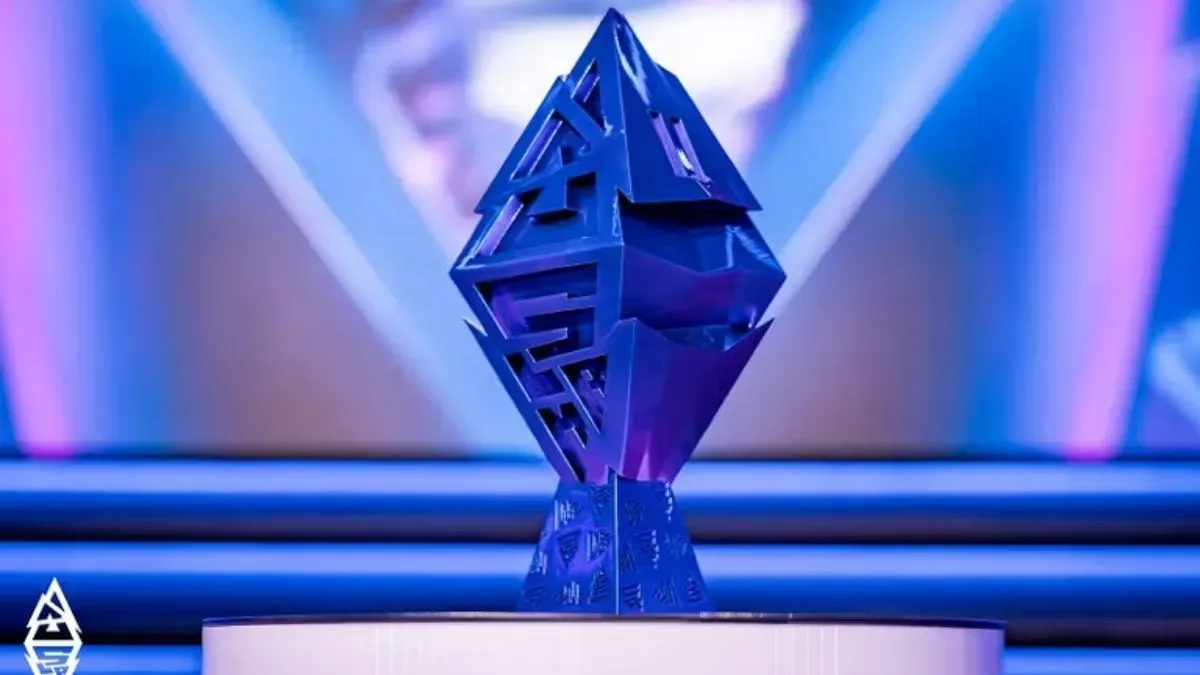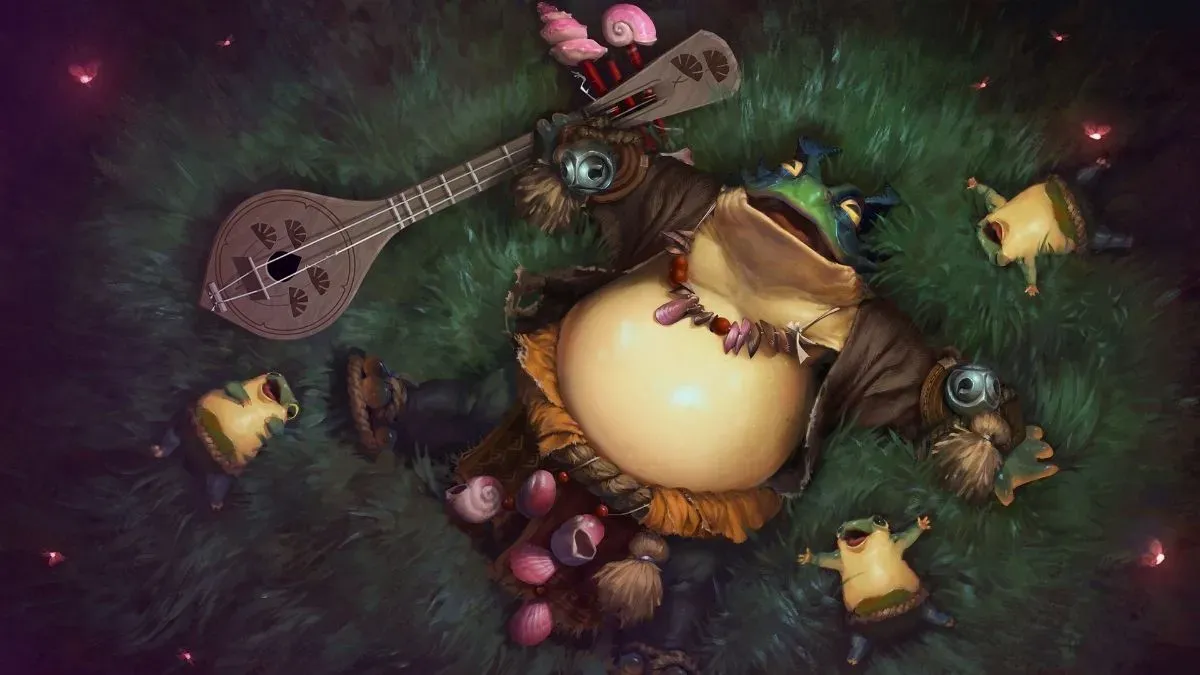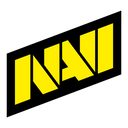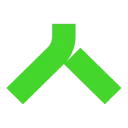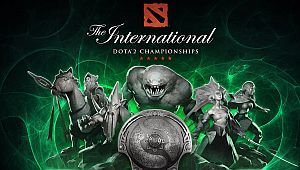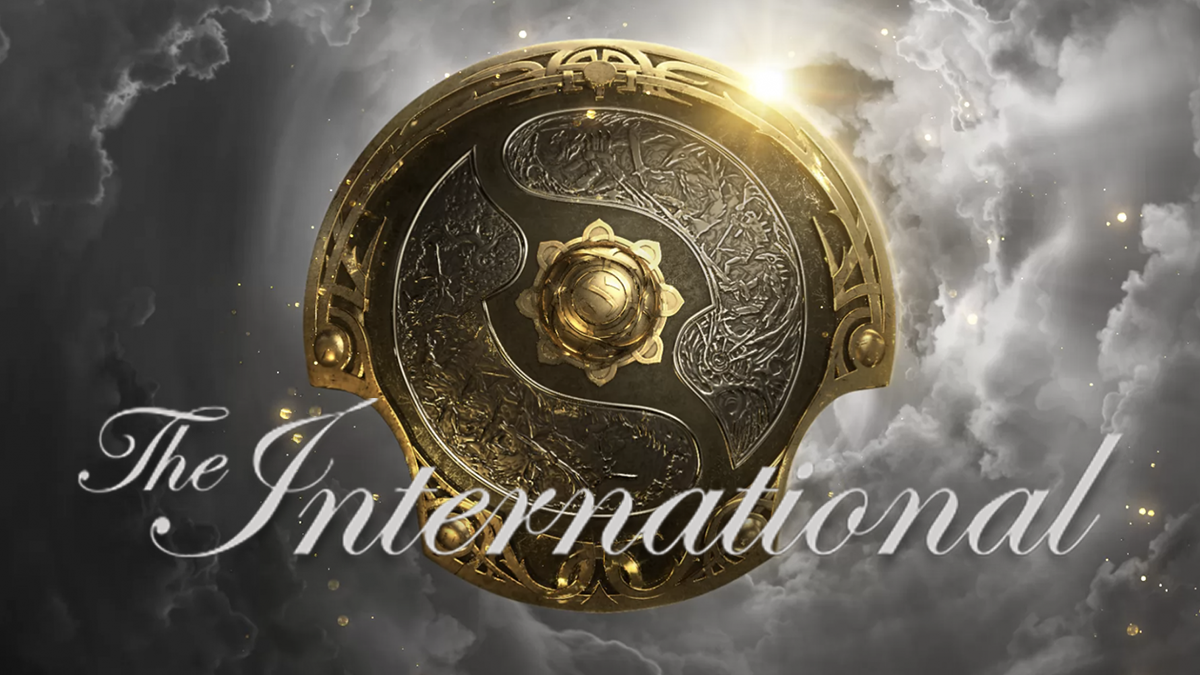During the next 9 weeks GosuGamers will be taking a closer look back at the meta for each of The Internationals through the years. This week is TI3.
After the first two iterations of The International, the competition had gained quite solid ground and everyone in the Dota 2 community knew they could expect the biggest Dota 2 competition, with a prize pool over a north of a million dollars, to come back in August to enthrall audiences and take esports to new levels. The third TI, which took place in Benaroya Hall in Seattle, did not disappoint at all.
The International 2013, or TI3, was the first time when Valve introduced the TI Compendium, which added to the prize pool of the event, and took it from $1.6 million for TI1 and TI2, to a little over $2.87 million. The winners of the first two Tis received a million dollars each, but the team winning TI3 would add over $1.43 million to their bank accounts.
Format
The format was the same as TI2. There were 13 teams which received direct invites, two that made it through the qualifiers (West Qualifiers and East Qualifiers) and one that made it through the Wildcard match.
Each team played seven best-of-2s, and the rankings were based on the number of games won and lost. No teams were eliminated from the group stages back then, which has changed in recent times, with the two bottom teams eliminated (one from each group). The two eventual finalists, Alliance and Na’Vi, topped their respective groups. Na’Vi ended up with a score of 11-3, while Alliance went undefeated with a score of 14-0. The first three rounds of the lower bracket were best-of-1s, but all others were bo3s, with the grand finals being a bo5 encounter, which is pretty common.
Alliance and Na’Vi carried their group stage dominance to the playoffs, and set up an encounter against each other in the upper bracket finals. That series turned out to be a one-sided affair, with Alliance taking an easy 2-0 victory and securing their place in the grand finals. Until that point, Alliance had lost just one game in the ENTIRE tournament, to Team DK. Na’Vi dispatched Orange Esports in the lower bracket finals to give themselves a chance to exact revenge on their EU rivals in the TI3 grand finals.
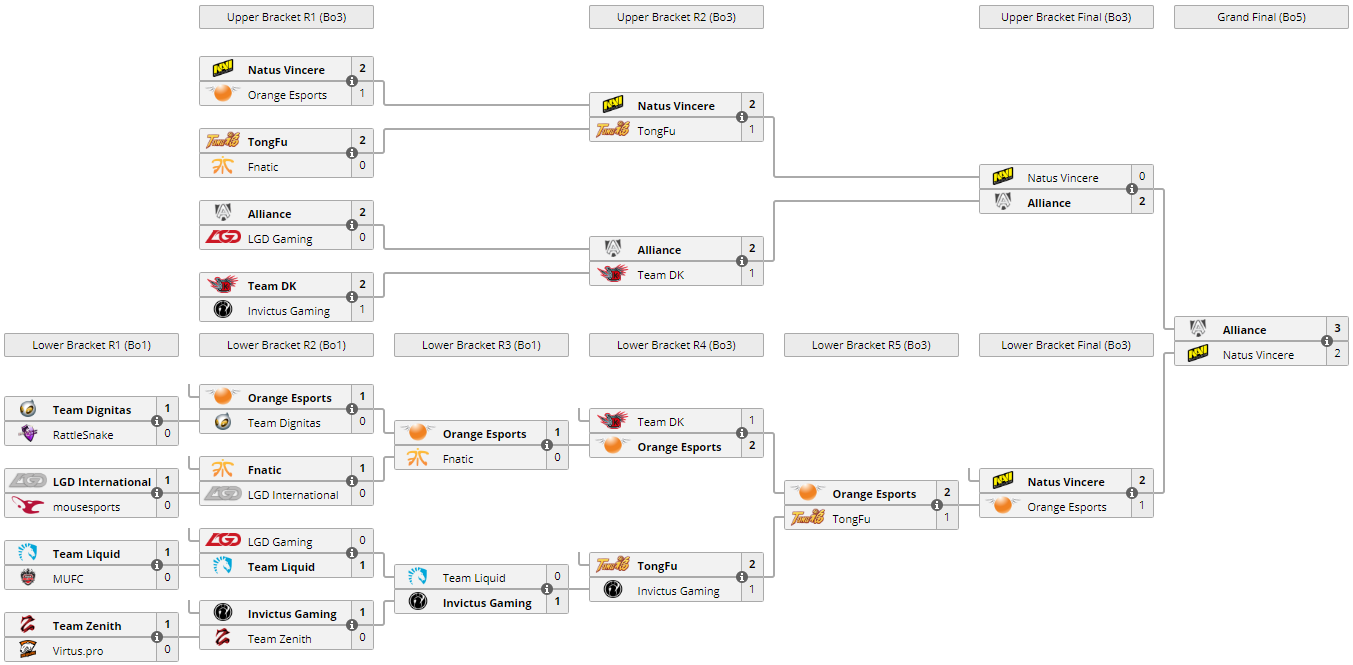
Alliance Roster
Jonathan "Loda" Berg
Gustav "s4" Magnusson
Henrik "AdmiralBulldog" Ahnberg
Jerry "EGM" Lundkvist
Joakim "Akke" Akterhall
Natus Vincere Roster
Alexander “XBOCT” Dashkevich
Daniel “Dendi” Ishutin
Gleb "Funn1k" Lipatnikov
Clement “Puppey” Ivanov
Kuro “Kuroky” Salehi Takhasomi
TI2 was played on patch 6.74. A lot of patch circulation took place from then to the next TI, with TI3 being played on patch 6.78. Only Timbersaw was added to Captains Mode in that year, but he did not have too much of an impact on The International 2013.
A massive change was Aegis only lasting 6 minutes instead of 10 minutes, which seems like an eternity as compared to today’s time of 5 minutes. With just 5 or 6 minutes, it gives teams a lot less time to get themselves together and take advantage of the Aegis. With 10 minutes, teams could take their own sweet time to plan it out while having the Aegis with them. In a game like Dota 2, even 30 seconds is a massive amount of time to turn the tides of a game. With the Aegis time being reduced by 4 minutes (40%), teams back then would have had to make major adjustments.

Another important change was increased gold for kills and sprees. The first two Tis were very low in terms of GPM, and that’s because teams did not prioritize farming. It was a lot of team fight, but with low gold for hero kills, the winning teams did not end up with too much gold in their coffers. The patches between TI2 and TI3 increased the hero kill and hero assist bounty, as well as the extra gold gained when ending a spree.
Buyback cooldown, which was 4 minutes in TI1 and 5 minutes in TI2, got nerfed to 6 minutes in TI3 to make buyback shenanigans a bit more challenging.

Towers' bounty saw a bit of an increase too. While Tier 1 and Tier 2 towers did get more armor, the bounty gained by towers going down was changed to be constant, irrespective of who got the last hit (creeps or heroes), with an added impetus for heroes to get the last hit.

The International 2013 was the first time there would be three ban and pick phases. There were only two in the first two Tis, and the addition of a pick and ban phase meant there would be more mind games and greater intricacies involved in the draft.
Another surprising thing that the Captain’s Mode ban-pick phase saw a change in was the order of picking. The team banning and picking first also got the last pick, which sounds insane in today’s day and age! There are metas where the first pick is more valuable and there are ones where the last pick, which brings together the entire draft, is the most valuable one. It is hard to imagine a time where a team got both, but the possible reason for that could be the fact that one of the sides (Radiant or Dire) was a lot more favored by teams back then and to balance that out, IceFrog decided to award the team that didn’t get to pick their desired side the first and last pick.

Before we jump into the games of the TI3 grand finals, here are a few crazy things to take note off.
● For all five games of the grand finals, Na’Vi were Radiant and Alliance had the first pick. It seems the Ukrainian team really loved to be Radiant, while the Swedish team emphasized more on the draft and the fact that they could pick first and last.
● Io was not banned at all in the grand final, and was first phase picked (first picked by either Alliance or Na’Vi) in all five games, and WON all five games! That is quite insane. One might wonder why no one opted to ban it. In Alliance’s defense, Na’Vi had secured the Io in both games of their upper bracket final, and Alliance had bested them in both games.
● In all five games, the four heroes that were banned in the first ban phase were Lifestealer, Naga Siren, Chen and Dark Seer.
● Alliance had a unique playstyle, in that they weren’t afraid to deviate from the meta and try their own stuff out. They were a team that played position 3 from the mid role in s4, while their offlaner, BullDog, was often position 1 or position 2 on his Lone Druid or Nature’s Prophet. It made it hard to draft and play against them, because they were the only team that did that. S4’s last seven heroes in TI3 were Nyx Assassin, Puck, Clockwerk, Beastmaster, Batrider, Nightstalker and Puck. All these heroes (except Puck) are offlane heroes! Alliance played the tempo controlling mid laner, while two sidelaners farmed and got huge. Alliance were so good with that composition, that even when they reformed the roster after TI5, they continued with the strategy. Alliance won two tournaments on patch 6.86, in which Invoker and Outworld Destroyer (then Outworld Devourer) were extremely powerful, but the Swedes never once picked up those heroes. Just not s4 heroes! His exceptional skill with the playmaking heroes eventually made his transition to offlane a lot easier than it would be for most mid laners.
Game 1 (Na’Vi Radiant, Alliance Dire with first pick)
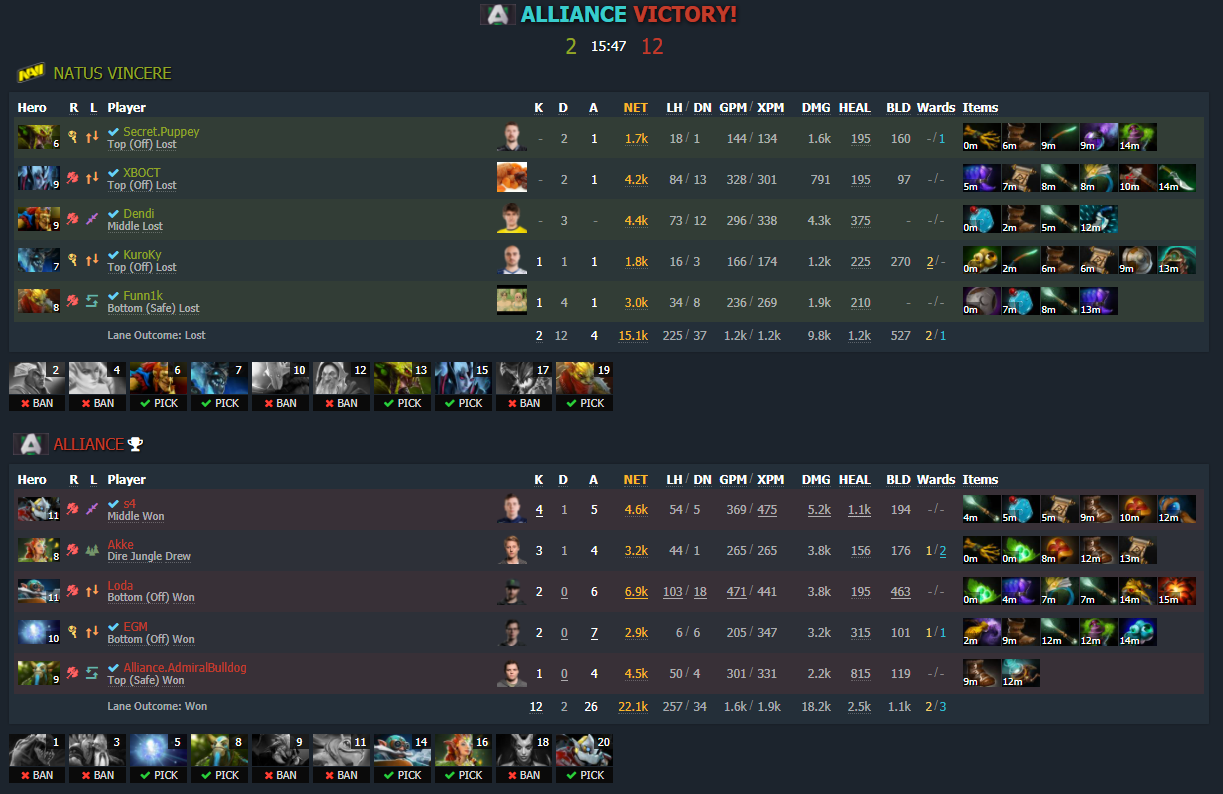
The series started off with a beatdown of Na’Vi by Alliance, which seemed like a continuation from their upper bracket final series. The game lasted only 15 minutes and the score was 12-2 in favor of the Alliance, but the crazy thing is, it was only a 4000 net worth lead, and Na’Vi still had all their tier 2 towers standing. It was a mental beatdown, more than anything.
Vengeful Spirit was deemed as a decent carry back then, and Bounty Hunter was in his offlane phase. The Vanguard craze had worn off by TI3. If this were a game from TI1 or TI2, Bounty Hunter and Clockwerk would surely have had a Vanguard.
An interesting thing to notice about Alliance’s play was even though they had Io, Mekasm was built by Nature’s Prophet as the second item, because he had higher farm priority and could finish it faster, giving Alliance early sustain in team fights. That was evident in the last team fight because Na’Vi called the gg, where the Mek came in very handy.
Game 2 (Na’Vi Radiant, Alliance Dire with first pick)
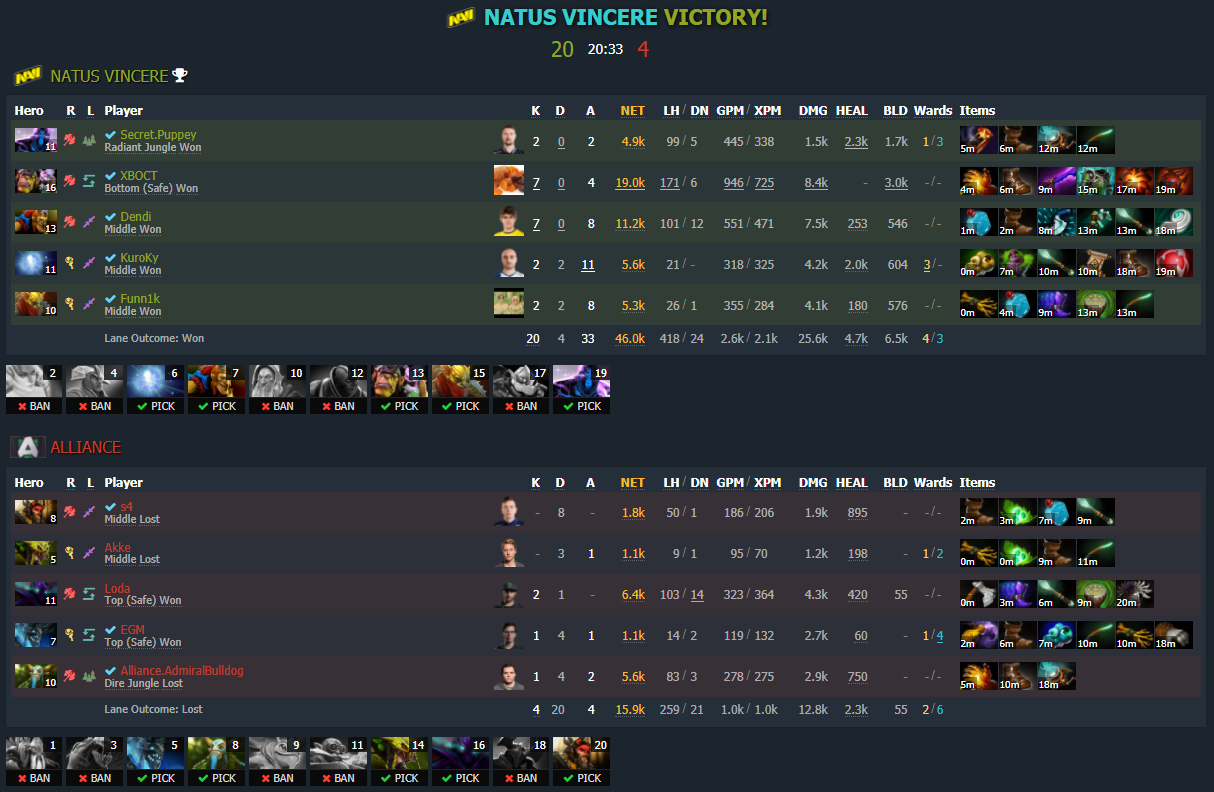
If anyone thought Na’Vi were down and out of it after their early forfeit of game 1, they were proved wrong by the TI1 champions in game 2. Na’Vi roared back into the grand finals to comfortably win game 2 with a 20 minute win with the power of the Alchemist. This game showed something that wasn’t seen in grand finals of TI1 and TI2 – an unprecedented rate of farming by XBOCT’s Alchemist. He had 171 last hits in 20 minutes with a GPM of 946, which is something you’d expect to see today. It was a Hand of Midas Alchemist, which was something that was done in recent times. But all Alchemist’s now either go for Radiance or Battlefury. Back then, it was Midas followed by more of a battle build.
Loda’s Spectre forgoing Vanguard was another indication that the Vanguard meta was done and dusted.
Jungling was a thing back then, with Puppey’s Engima starting off in the jungle. Offlaners and supports congregated in the mid lane early, leaving carries along in their lane. In today’s world, the team with the Alchemist will center the game around him, making sure he is being baby-sat in the lane, while the opposing team will try to disrupt his game. That clearly wasn’t the case back then.
Game 3 (Na’Vi Radiant, Alliance Dire with first pick)
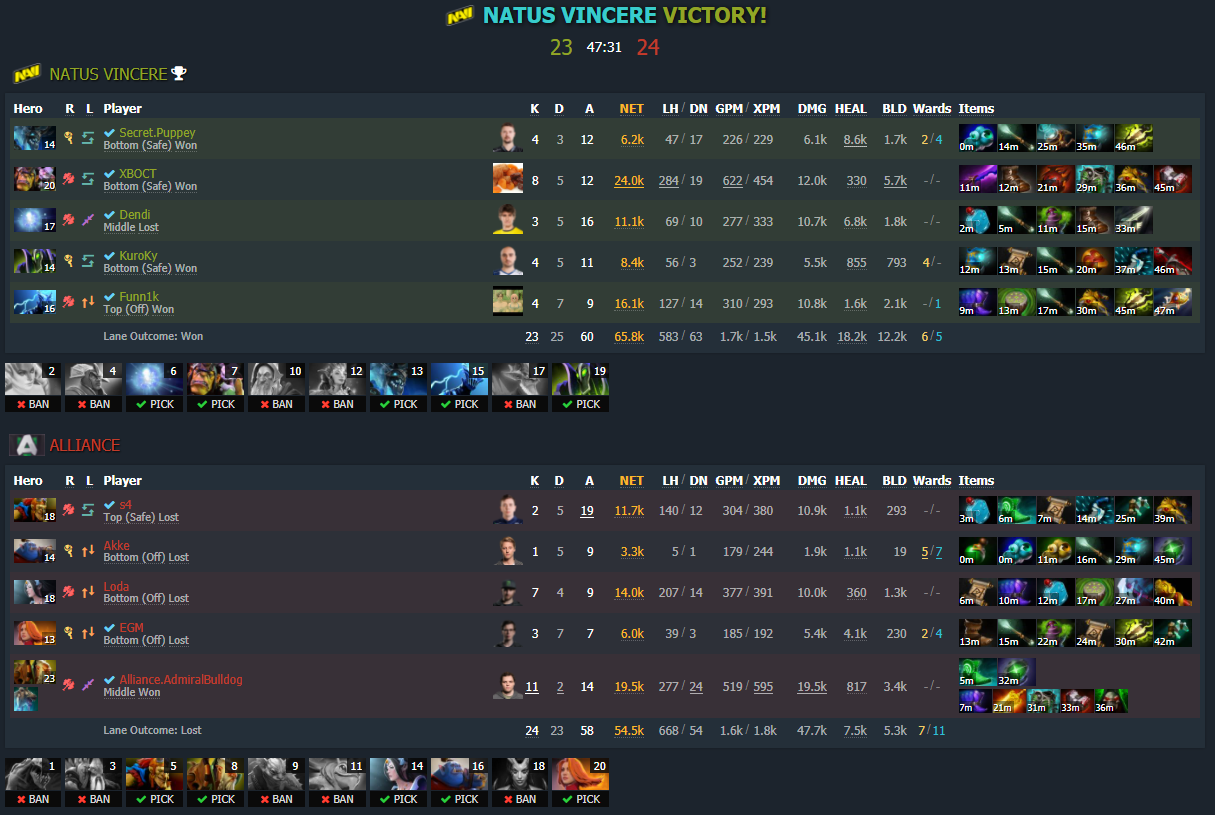
In game 3, Na’Vi got the Io, but decided to put it in the mid lane! Dendi has played a lot of unconventional mids, so it isn’t a surprise he was up for the task. But that was how good the hero was, even back then. If you could fit it in your lineup, you got the Wisp. Na’Vi took a page of the Alliance playbook and put their position 2 in the offlane with Funnik.
In today’s world, if the team with the Alch does not have a big net worth lead, it is a major issue. The hero sacrifices an ability to get more gold, and if that does not end up being the case, there is a huge advantage lost. But back then, that wasn’t the case. In game 3, XBOCT’s GPM was just 622, and Na’Vi’s net worth lead wasn’t too high, even going in Alliance’s favor for a small period towards the end. But even then, it didn’t matter, because no heroes farmed too fast back then. Even with an average game, his farm was significantly higher than the next highest hero, which was Alliance’s Lone Druid.
Game 3 was a back and forth game, but eventually, Na’Vi piled on the pressure and got the Divine Rapier from BullDog’s Lone Druid. They went on to win it and earn a 2-1 lead in the series, and for the first time at TI3, Alliance found themselves trailing.
Game 4 (Na’Vi Radiant, Alliance Dire with first pick)
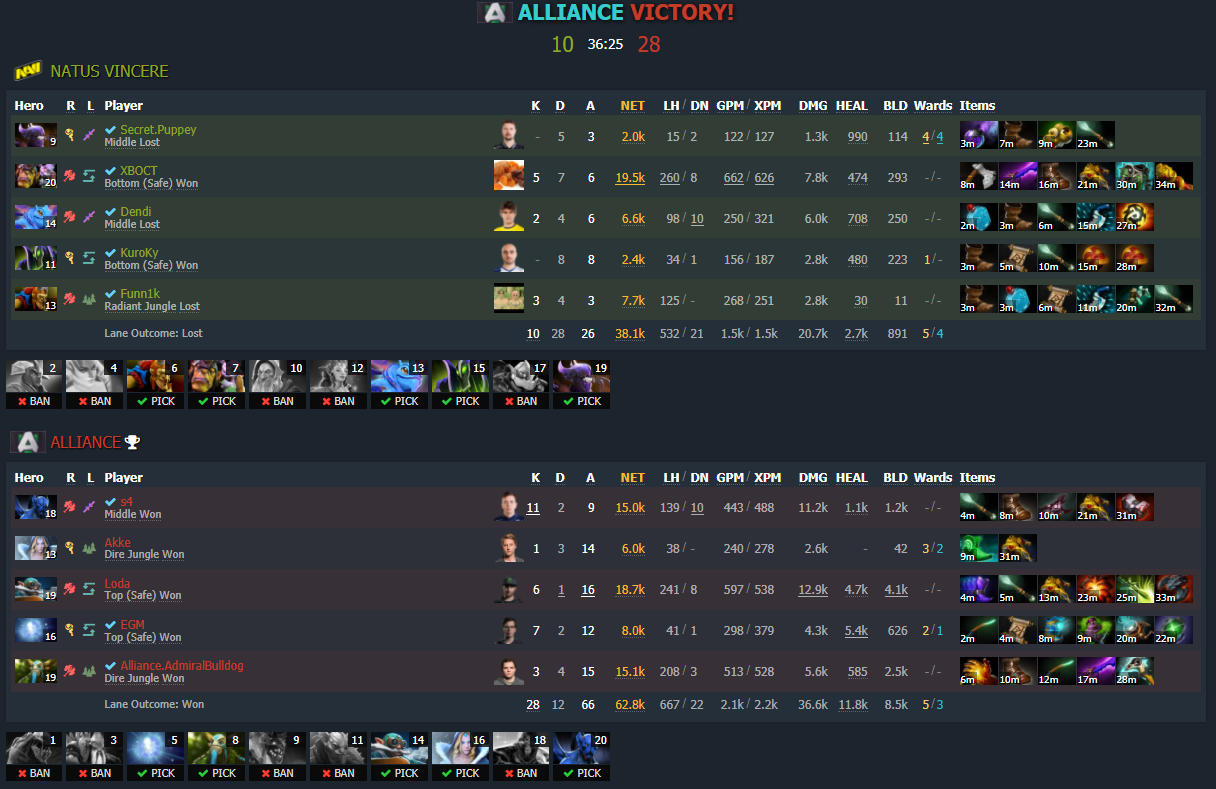
In game 4, Na’Vi went for an Alchemist draft for a third game in a row. This time though, Alliance were ready for it with a last pick Night Stalker. Alliance played a much more fast-paced, team fight game and overwhelmed Na’Vi. The increased gold for hero kills came in handy in this case.
Gyrocopter’s build back then was straight up Phase Boots into BKB (with a Magic Stick before as well). With higher priority on fighting, the hero wanted to be able to stand there early on in fights and dish out his damage. Compared to today, that is way earlier. The modern day Gyrocopter goes for Aghanim’s Scepter and Maelstrom before going for a BKB.
With game 3 going to Alliance, the series stood at 2-2 and for the first time, the grand finals of The International went to a decider. As history is witness, it turned out to be one of the greatest and most iconic games in professional Dota 2.
Game 5 (Na’Vi Radiant, Alliance Dire with first pick)
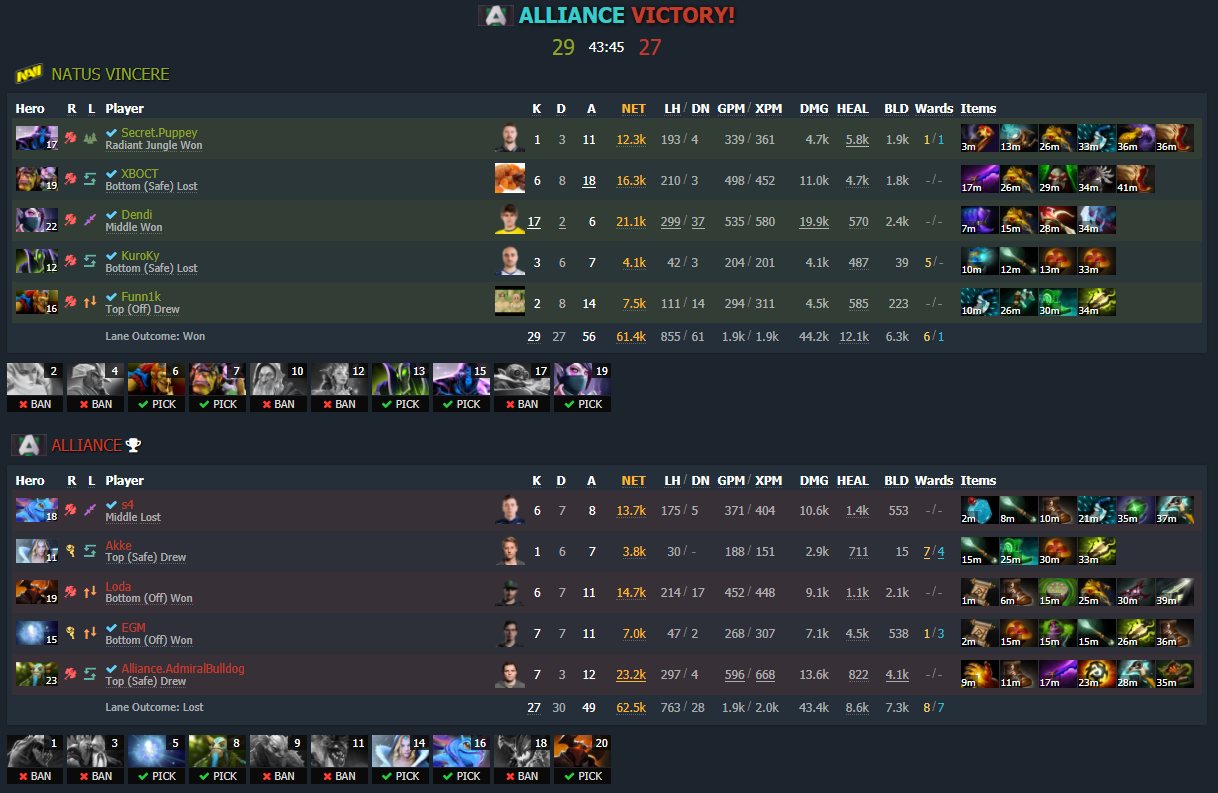
Game 5 of the TI3 grand finals between Alliance and Na’Vi had a lot of memorable moments. The first one was in the laning stage, where XBOCT’s Alchemist was ganked by three Alliance heroes, and ended up getting the First Blood and a Double Kill!
Alliance seemed to be falling behind, but Na’Vi’s indecisiveness in the Roshan pit was where things turned around a bit. Alliance had a global strat going for them, thanks to NP’s Teleportation and Io’s Relocate and stood up to their reputation of being rats, while playing from behind. While Na’Vi pushed the mid lane of barracks, Alliance did so with both side lanes. When the Na’Vi heroes tried to get back, it was time for Gustav “s4” Magnusson to write his name with a permanent marker! It was when the million dollar Dream Coil was dropped down to cancel the TPs of three Na’Vi heroes, preventing them from getting back and defending their barracks. He repeated the TP cancelling feat once again towards the end of the game, which sealed Na’Vi’s fate.
Dendi’s Templar Assassin was the first time in the series a mid player (either s4 or Dendi) picked a carry in the mid role, and it nearly paid dividends. Dendi’s TA destroyed s4’s Puck in the mid lane and wrecked his game, but s4 had his revenge with one perfect moment.
Alliance took the game in enthralling fashion, handing Na’Vi their second defeat in the TI grand finals and preventing a repeat TI winner.
GPMs
The team GPMs per game for the two teams throughout the series were:
Alliance: 1628
Na’Vi: 1760
The team that lost had a higher average GPM than the winning team, but that was because Na’Vi picked Alchemist in four of the five games. It is crazy though, that even with the increased hero kill and tower gold, the average team GPMs still did not cross the 2000 GPM threshold. It is possibly due to the fact that supports had extremely low GPMs.
With that, we come to the end of the deep dive into the grand finals of TI3 to see how the meta and playstyle compare to that of today. In TI3, there was definitely a lot of deviation from the TI1 and TI2 playstyles, and in some cases, even a good deal of farming, which was not a regular aspect of the game back then. Next week, we will get into the depths of the TI4 grand finals between Newbee and Vici Gaming and see how the TI4 meta was in comparison to the other years.
